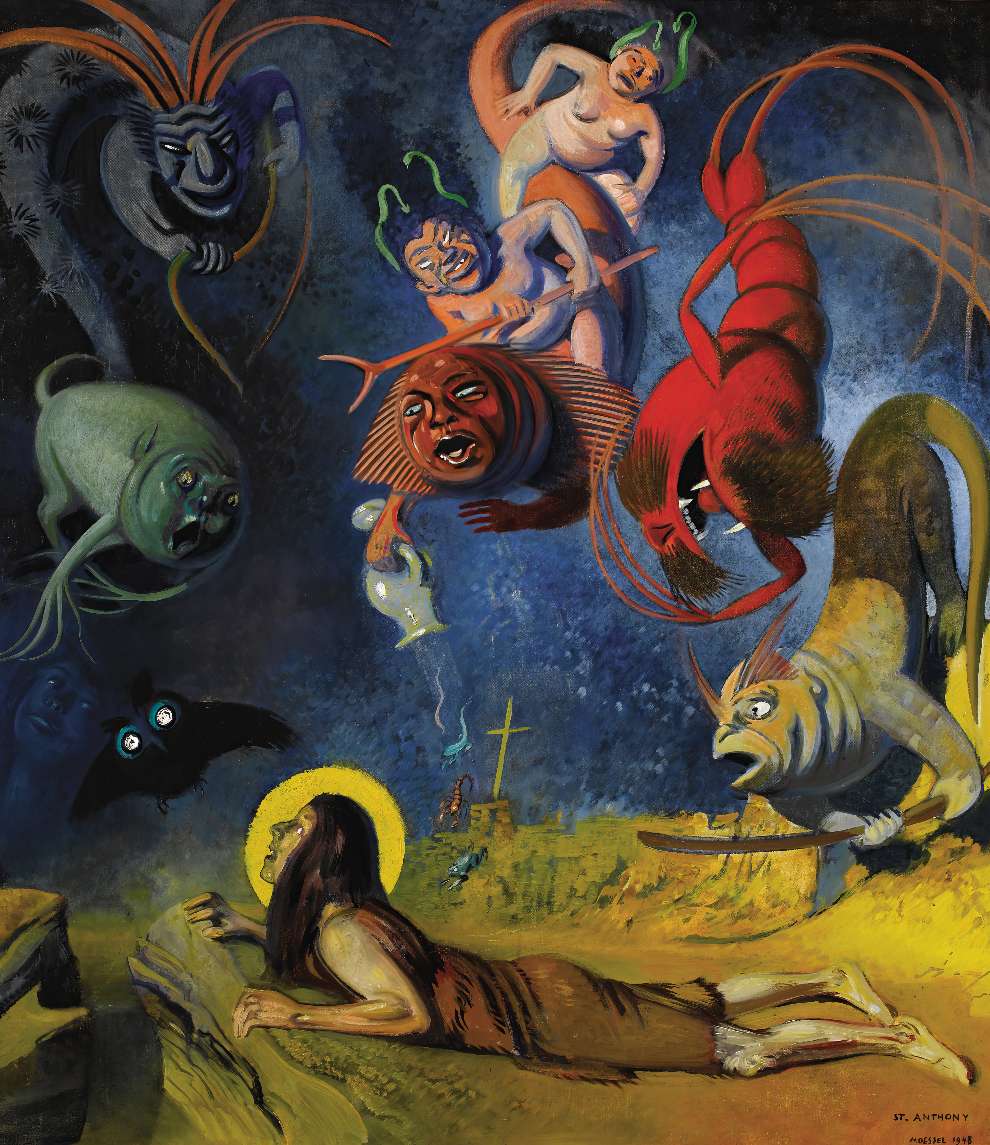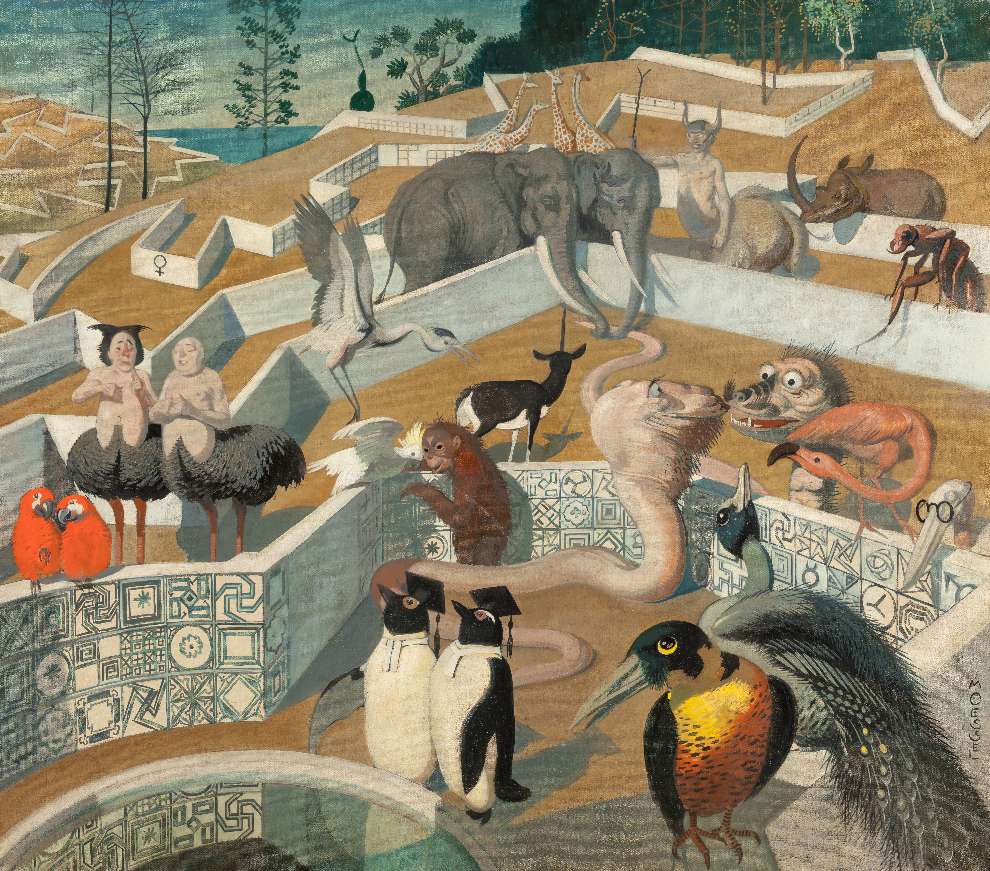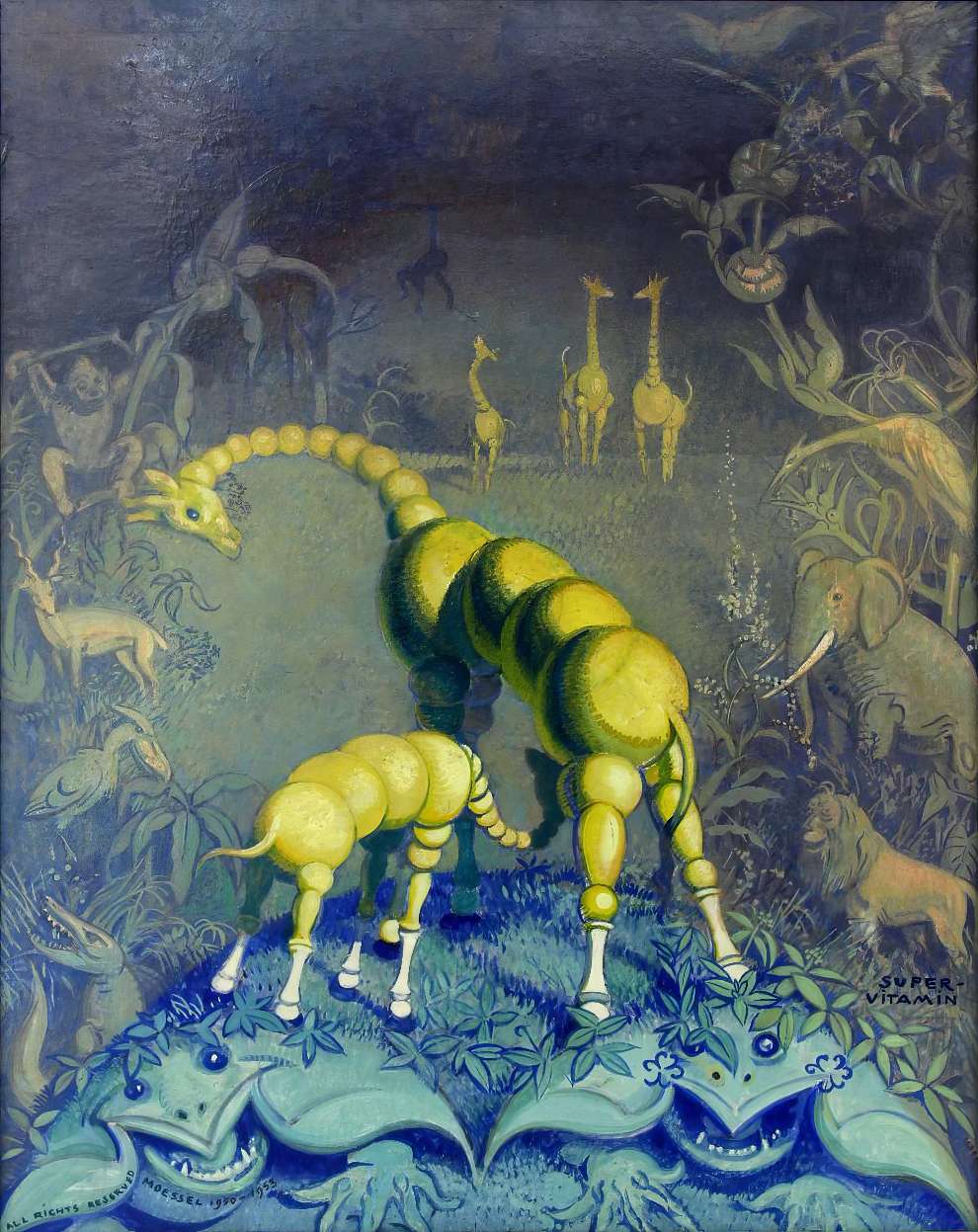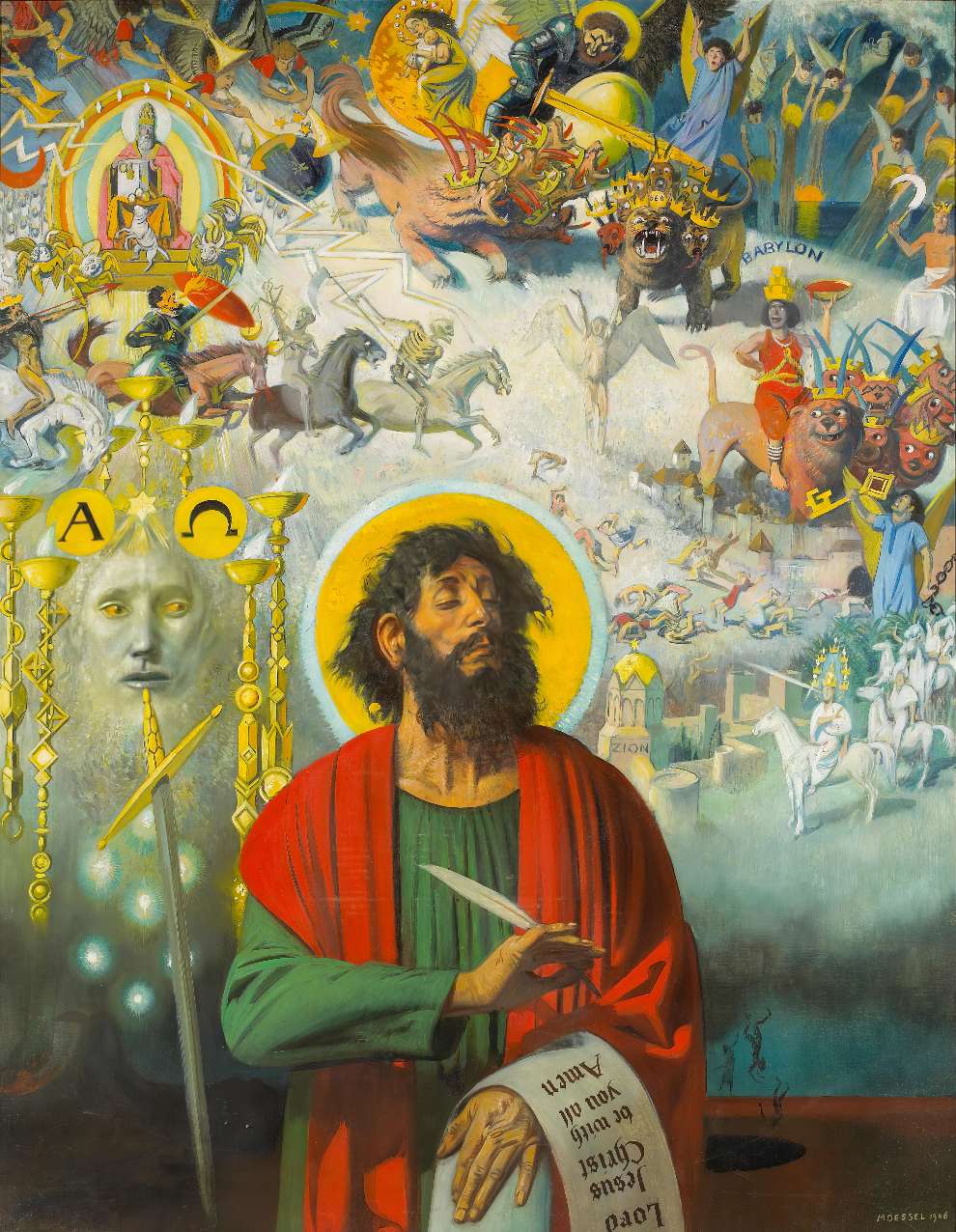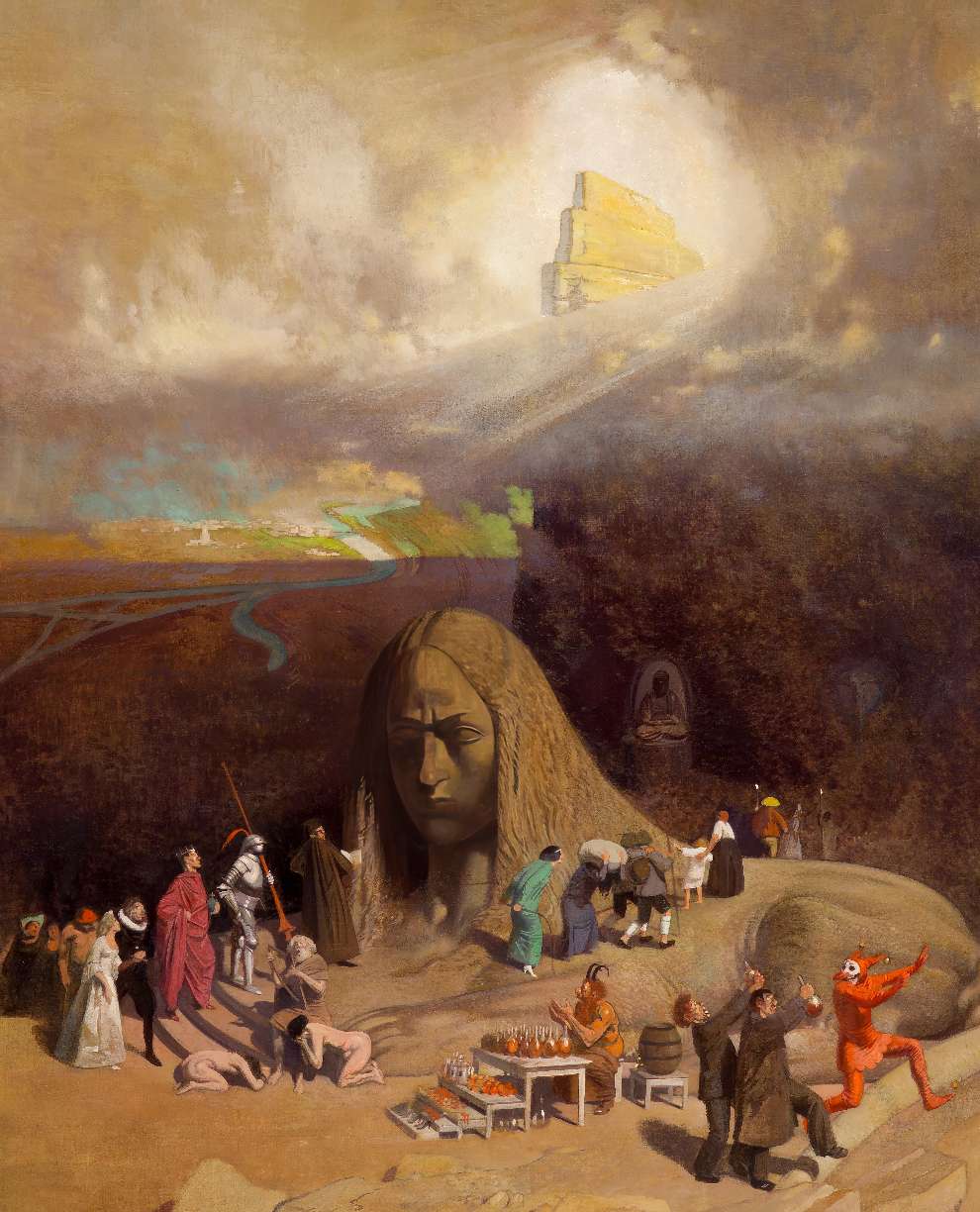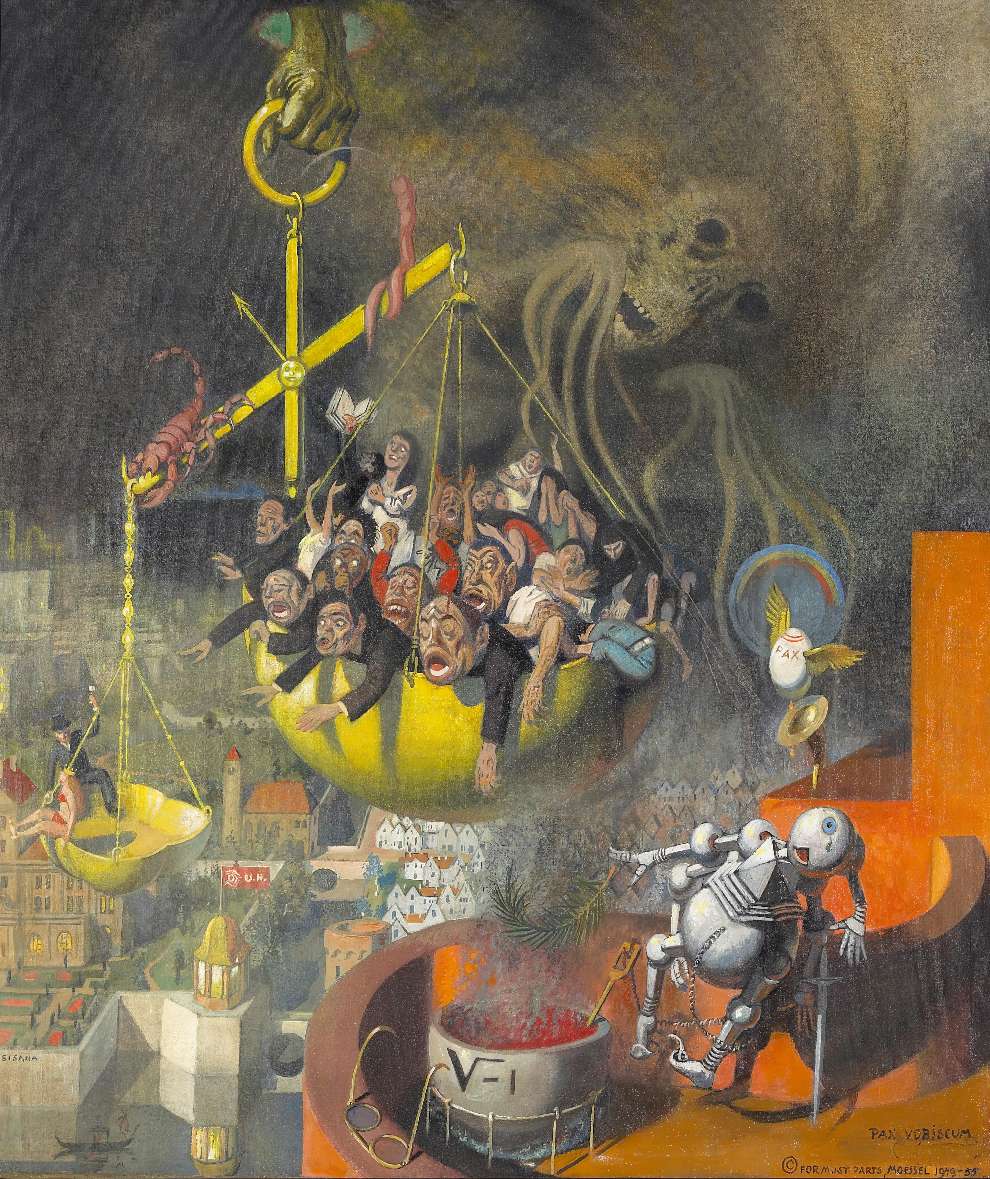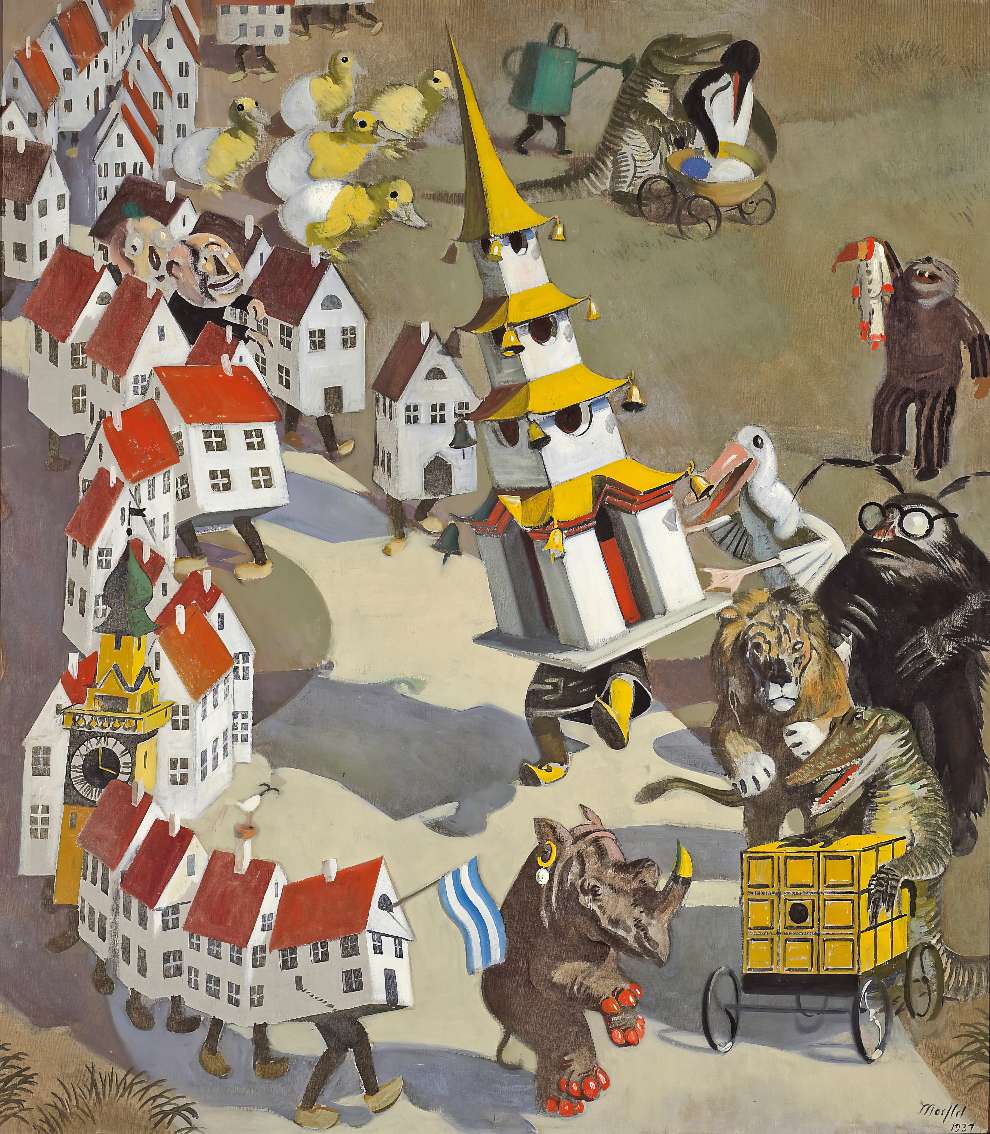Julius Mössel’s Evolution of Paintiings: From Pastoral Landscapes to Surreal Nightmares
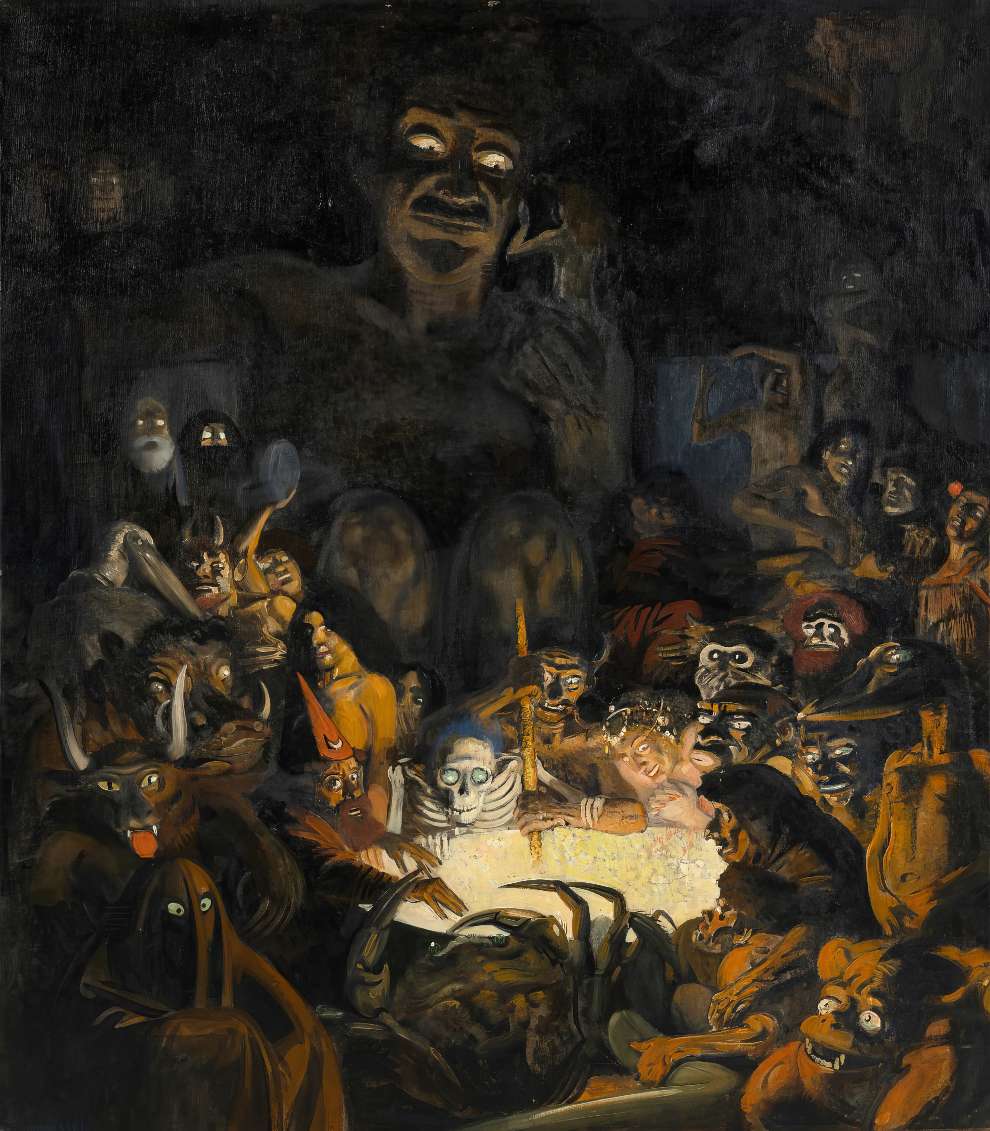
Germany’s Fürth was the birthplace of artist Julius Mössel in 1871. In his early twenties, he started his career and soon accumulated a fortune, turning into one of Germany’s leading interior designers.
But during World War I, he swiftly lost his fortune. He then moved to Chicago, Illinois, and started over as an easel painter. He was one of the most well-known painters in the Chicago art scene in the 1930s, having hundreds of solo exhibitions and being hailed as a genius by the city’s top art critics. He received a commission from the US government in the 1940s to paint eighteen murals for the Chicago Field Museum, some of which are still on display there as part of the Workers Projects Administration.
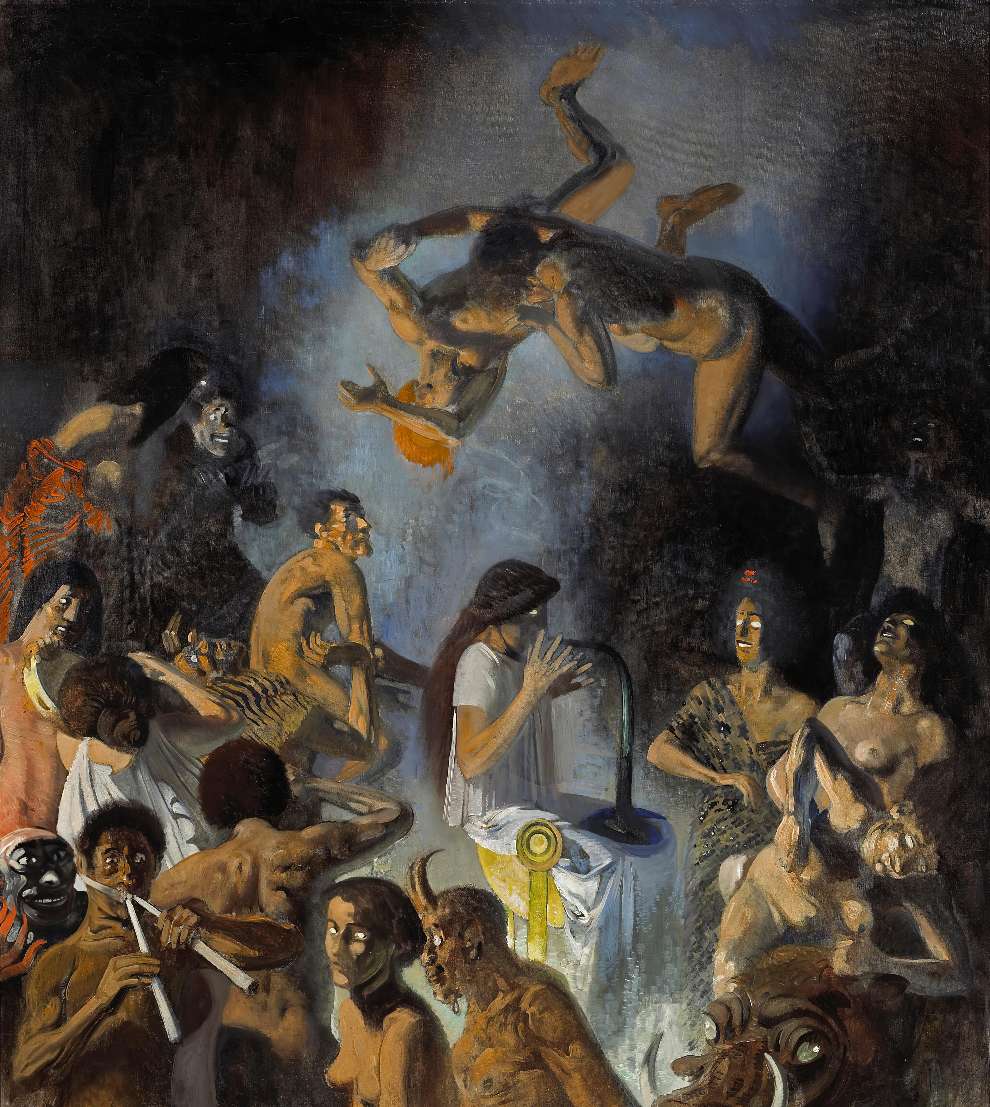
But as time has gone on, his work has grown problematic, a holdover from an America where views on gender, race, and art have changed. Mössel’s artwork changed over the course of a sixty-year career, from ornamental flourishes of children and animals to scenes of decapitations in hell, depicting a gradual decline into the murkier corners of the human psyche. Many of his paintings feature colorful biblical scenes and pastoral landscapes with mutant animals; others dissolve into surreal dreamscapes where demons soar through the skies atop strange creatures; still others seem like scenes from a run-down Jules Verne novel called Narnia*. During his lifetime, he produced hundreds of paintings; however, very few of them have been sold.
